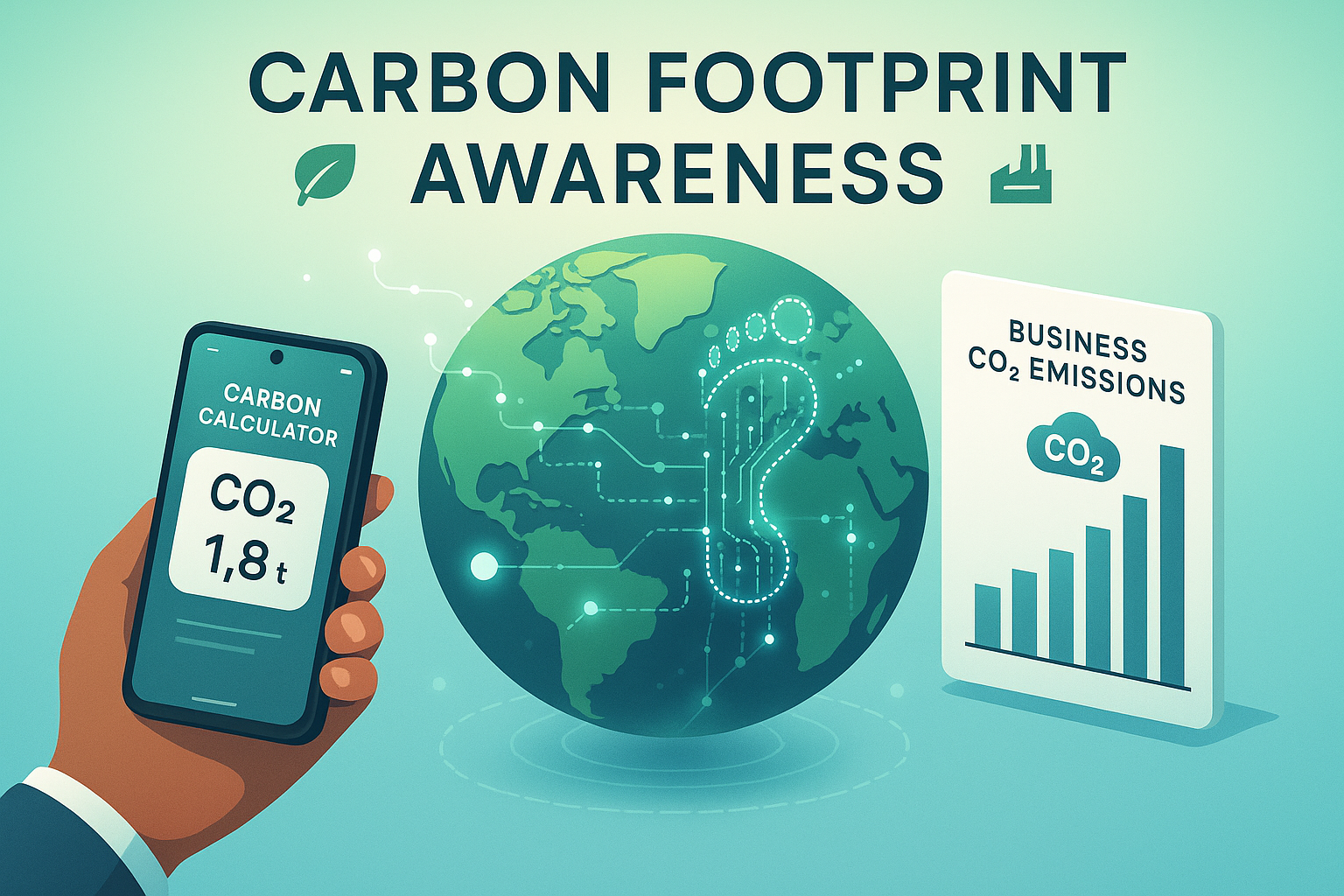Strategic ESG Goal-Setting: A Comprehensive 3-Step Framework to Enhance Enterprise Competitiveness
Transforming ESG commitments into measurable business advantages through systematic implementation
The Critical Importance of ESG Goal-Setting
Properly structured ESG goals serve as the foundation for:
- Operational Resilience: Building capacity to withstand environmental and social disruptions
- Stakeholder Trust: Enhancing credibility with investors, customers, and regulators
- Competitive Differentiation: Creating market distinction through verifiable sustainability performance
Understanding ESG Fundamentals
The UN Global Compact Principles
ESG assessment aligns with the four pillars of the United Nations Global Compact:
Human Rights
Supporting and respecting internationally proclaimed human rights
Labor
Upholding freedom of association and eliminating forced labor
Environment
Promoting environmental responsibility and cleaner technologies
Anti-Corruption
Working against corruption in all forms including extortion and bribery
ESG Components Explained
| Dimension | Key Considerations | Business Impact |
|---|---|---|
| Environmental | GHG emissions, energy efficiency, waste management, water usage | Resource costs, regulatory compliance, operational efficiency |
| Social | Employee welfare, community relations, product safety, data privacy | Brand reputation, talent retention, customer loyalty |
| Governance | Board diversity, executive compensation, audit controls, ethics policies | Investor confidence, risk management, long-term stability |
The Business Imperative for ESG Goal-Setting
Risk Mitigation Through ESG
Recent examples demonstrate the material consequences of ESG factors:
Case Study: Chipotle Mexican Grill (2015-2018)
- Food safety incidents across multiple locations
- Hospitalization of consumers
- Stock price decline of 42% over 3 years
- $25 million in damages and settlements
Investor Expectations
“Sustainable investing now represents 36.1% of all professionally managed assets globally, with projections exceeding 50% by 2024.”
– Global Sustainable Investment Alliance 2020 Report
The 3-Step ESG Goal-Setting Framework
Identify Material ESG Issues
Materiality varies significantly by industry sector:
Restaurant Industry
- Packaging materials and waste
- Food sourcing sustainability
- Water consumption efficiency
- Product safety protocols
- Labor management practices
- Nutritional transparency
Banking Sector
- Environmental impact financing
- Human capital development
- Consumer financial protection
- Data privacy and security
- Financial inclusion initiatives
- Anti-money laundering systems
Implementation Tip: Conduct a double materiality assessment considering both financial impact and stakeholder concerns to identify priority ESG issues.
Select Appropriate Disclosure Frameworks
Major ESG Reporting Standards
| Framework | Focus Area | Key Features | Best For |
|---|---|---|---|
| GRI | Comprehensive sustainability reporting |
| Companies needing broad stakeholder communication |
| SASB | Industry-specific financial materiality |
| Public companies communicating with investors |
| TCFD | Climate-related financial disclosures |
| Climate risk exposure reporting |
| CDP | Environmental impact disclosure |
| Companies responding to investor/brand requests |
Framework Selection Criteria
- Reporting Audience: Investors (SASB), regulators (GRI), or supply chain partners (CDP)
- Industry Requirements: Certain sectors have established norms (e.g., financial services use TCFD)
- Resource Capacity: GRI requires more extensive data collection than SASB
- Strategic Alignment: Match framework focus with corporate sustainability priorities
Establish SMART ESG Goals
The SMART Criteria for ESG Goals
Practical Implementation Example: Restaurant Packaging
Long-Term Goal: “Transition to 100% sustainable packaging by 2026”
- 2023 Q2: Conduct vendor assessment for compostable alternatives
- 2023 Q4: Replace 30% polystyrene with bamboo fiber containers
- 2024 Q2: Implement staff training on new packaging handling
- 2024 Q4: Achieve 60% sustainable packaging adoption
- 2025 Q2: Establish partnerships with composting facilities
- 2026 Q1: Full transition with verified waste reduction metrics
Goal Implementation Roadmap
1. Organizational Alignment
- Establish cross-functional ESG task force
- Secure executive sponsorship
- Align with corporate strategy
2. Performance Tracking
- Define KPIs for each goal
- Implement data collection systems
- Quarterly progress reviews
3. Continuous Improvement
- Annual materiality reassessment
- Stakeholder feedback integration
- Framework adjustments as needed
The Future of ESG Reporting
The ESG landscape is rapidly evolving toward standardization and integration:
- ISSB Consolidation: Integration of SASB into IFRS Sustainability Standards
- Regulatory Mandates: EU CSRD requiring reporting from 50,000+ companies
- Financial Integration: ESG disclosures becoming part of mainstream financial reporting
Key Takeaways
- Material ESG issues vary significantly by industry – conduct thorough assessments
- Framework selection should align with both stakeholder expectations and business strategy
- SMART goals with clear implementation roadmaps drive measurable results
- ESG reporting is transitioning from voluntary to mandatory – proactive preparation is essential











